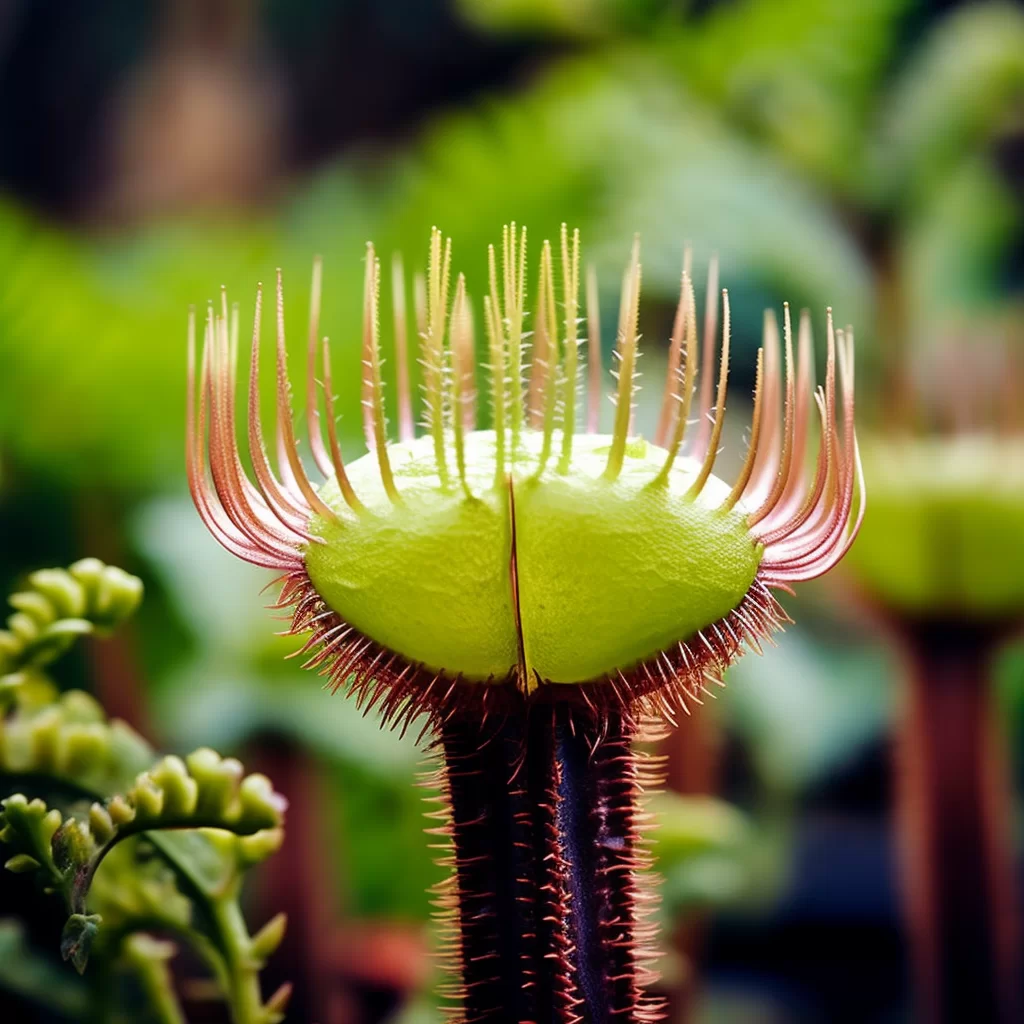Story of Day :
Contents
The Fly Catcher Plant: A Complete Guide and Care Tips
Do you have a problem with pesky flies around your home or garden? Look no further than the fly catcher plant! This carnivorous plant is an excellent solution for those who want to control the fly population without using harmful pesticides.
In this guide, we will cover everything you need to know about the fly catcher plant – from its history and types to care tips and fun facts.
History of Fly Catcher Plants
Fly catcher plants, also known as carnivorous plants or insectivorous plants, have been around for millions of years.
The first known record of a carnivorous plant dates back to ancient Greece in 300 BC.
However, it was not until the 18th century that scientists began studying these fascinating plants in depth.
The Venus Flytrap (Dionaea muscipula) is perhaps one of the most well-known types of fly catcher plants.
It was first discovered in North Carolina in 1760 by naturalist John Bartram.
Since then, many other types of carnivorous plants have been discovered all over the world.

Types of Fly Catcher Plants
There are over 600 species of carnivorous plants found worldwide.
Here are some popular types:
- Venus Flytrap (Dionaea muscipula)
- Pitcher Plant (Sarracenia spp.)
- Sundew (Drosera spp.)
- Butterwort (Pinguicula spp.)
- Bladderwort (Utricularia spp.)
Venus Flytrap


The Venus Flytrap is probably the most well-known type of fly catcher plant.
It has small leaves that form traps with hinged jaws.
When a fly or other small insect lands on the trap, it triggers tiny hairs on the leaf surface causing the jaws to snap shut around its prey within seconds.
Pitcher Plant


The Pitcher Plant has modified leaves that are shaped like a funnel or pitcher.
The inside of the pitcher is lined with slippery surfaces and digestive enzymes to catch and digest insects.
Sundew

The Sundew has sticky, glandular hairs on its leaves that secrete a sweet smelling mucilage to attract insects.
Once trapped in this substance, enzymes are released from specialized glands which dissolve and digest the insect.

Care Tips for Fly Catcher Plants
Now that you know about different types of fly catcher plants, let’s explore some care tips:
- Sunlight: Most carnivorous plants thrive in bright light and warm temperatures (between 65-85°F).
However, too much direct sunlight can burn their leaves so it’s important to provide some shade when necessary.
- Watering: Carnivorous plants require very moist soil at all times – but not too much water.
They should be watered with distilled, rain or reverse osmosis water as tap water contains minerals that are harmful to the plant.
- Soil: Carnivorous plants grow best in a soil mix that is peat moss-based and has a low nutrient content.
You can also add perlite or sand to improve drainage.
- Fertilizer: Do not fertilize carnivorous plants as they obtain their nutrients from insects rather than soil.
- Dormancy: Some carnivorous plants require a period of dormancy during the winter months when they stop growing and become dormant for several months.
During this time, reduce watering but don’t let them dry out completely.
Fascinating Facts About Fly Catcher Plants
If you’re still not convinced about adding fly catcher plants to your garden, consider these interesting facts:
- Carnivorous plants have adapted to living in nutrient-poor soils by evolving different mechanisms to catch insects; some use sticky leaves while others have traps with trigger hairs or sticky mucilage glands on their surface.
- The Pitcher Plant is one of the largest carnivores and is capable of catching small vertebrates such as frogs and mice!